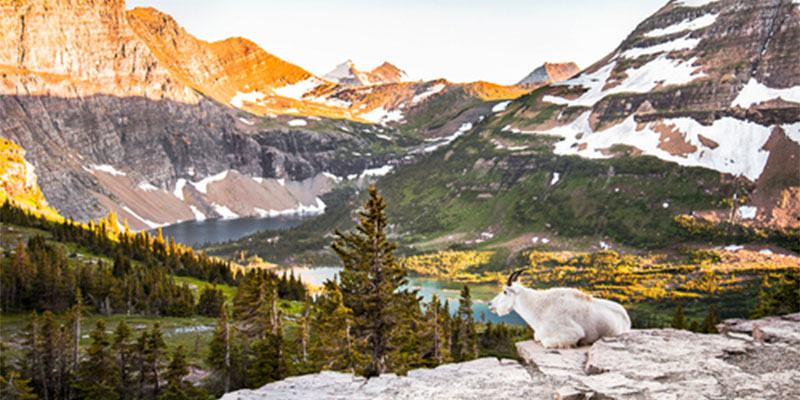The issue
The extent to which the world’s biodiversity depends on the Earth’s climate has long been debated, but ecologists had made limited progress in understanding the role of climate in determining where particular species can survive.
This suddenly took on a new importance and urgency with the realisation in the late 20th century that humanity’s greenhouse gas emissions were causing the world to warm. Clear evidence of temperature increases accumulated, long-term warming was projected and predictions were made that we would experience increasingly severe extreme climatic events. But, how would the biological world respond, and how fast?
Researchers and conservationists had long been concerned about the impacts of humanity in particular. Would what is today referred to as the ‘climate crisis’ generate a ‘biodiversity crisis’ as well? How could the conservation world respond? Answering these questions was critical to navigating the environmental challenges of our day.
The research
With support from a range of funders, including the UK Natural Environment Research Council and the Leverhulme Trust, we have gone a substantial way towards answering these questions. York researchers, collaborating with others in the UK and internationally, provided strong evidence that climate change was causing species to move their geographic distributions towards the poles and to higher elevations - to places that were still cool enough for them to survive. Climate change was affecting a majority of species studied, and fast - many species were shifting their distributions as fast as the climate itself.
Would this be a problem? We undertook the first global-scale analysis of which species might be at risk of extinction. The results were scary. Up to a million species might be at risk. For example, species already restricted to the tops of mountains cannot move higher. Climate change is expected to be a major component of the human-caused extinction of species. Climate change is indeed causing a biodiversity crisis.
What can conservationists do? We pioneered approaches to assess the conservation risk, and opportunities, for species as a means to minimise extinctions. And we developed conservation approaches to enable species to reach new locations where they might survive in future, including the value of nature reserves to ‘connect up’ landscapes, and projects to transport species directly where that is the only option.
The outcome
Our research was highly influential, enabling the Intergovernmental Panel on Climate Change to conclude that species were responding to climate change, with “high confidence in attribution of the range shifts to climate change” and that we provided “the most important evidence to link rates of polewards and upslope range shifts to levels of warming in different regions.” In essence, this established the ‘climate change biodiversity crisis’.
These conclusions then influenced all subsequent discussions of the need to mitigate climate change at national and international levels. Barely a conversation or media report about the impacts of climate change takes place now without mention of the natural world. Extinction Rebellion is the name of a climate change protest group. Ultimately, this concern for biodiversity, alongside the multifarious direct impacts of climate change on people, has provided societal and ethical motivation for global decision making, informing the Paris climate agreements, and thereby indirectly impacting energy and climate change policies in every country.
But species are still at risk. Via government reports, our evidence has underpinned the establishment of real landscape-scale conservation projects to enable species to respond to climate change. Our framework for assessing the risks and opportunities for species has also been used by governmental agencies and NGOs to identify new conservation priorities. There is no silver bullet - other than stopping climate change - but realistic options are now available to enable conservation bodies to take action.

